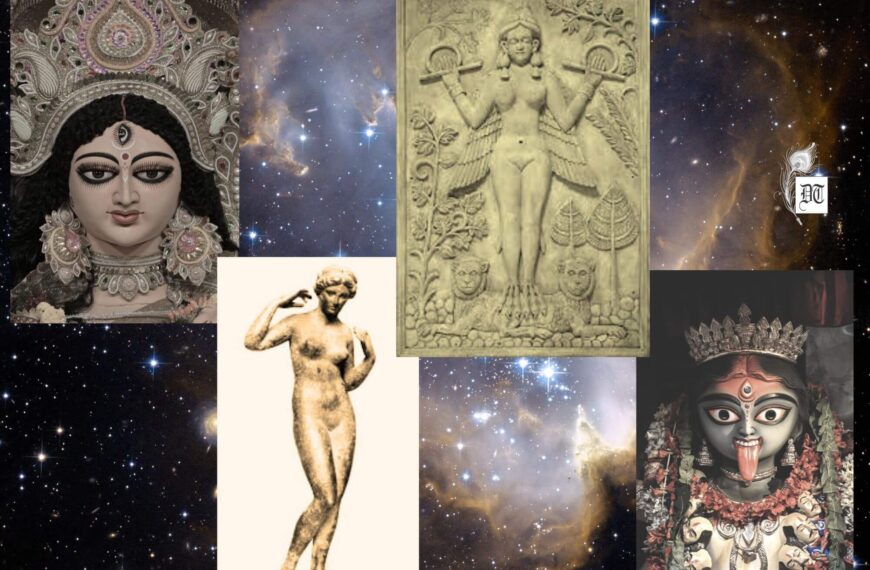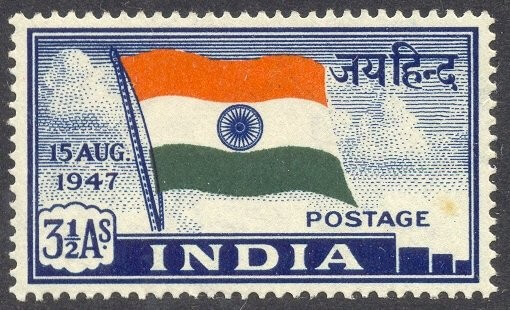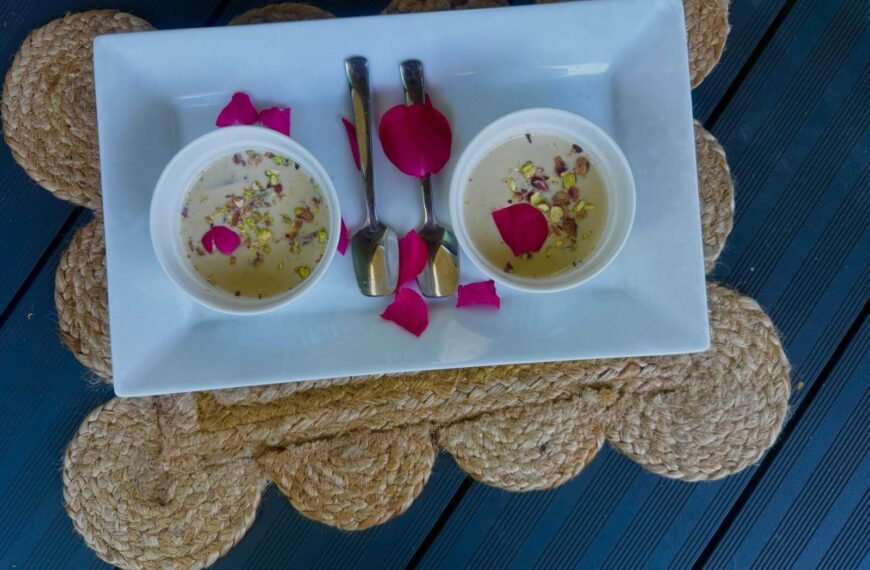Dinjan, the Cantonment, was famous for its airfield. It was built by thousands of plantation labourers on an Assam tea plantation, in March 1942, due to the Japanese invasion of Burma. Just 45kms away from Dinjan is the large pulsating city of Dibrugarh. It is rich in flora and fauna. The Dibru-Saikhowa National Park is situated in the flood plains of the Brahmaputra and the Lohit rivers. It is rich in fish and a safe haven for many endangered species of animals. Dehing Patkai and Jeypore rainforests are large areas for wildlife preservation. The saving grace in the deadly silence of the sleepy Cantonment were the trips to Tinsukia town in a modified lorry that doubled up as an officer’s bus. Those days the Bodo land movement was at its peak and the army was part of operations called OP Rhino. Movement of families was restricted. The vehicles had armed guards at all times, recalls Lily, in the weekly column, exclusively for Different Truths.
The unit moved to Dinjan, in Assam, so we were back on the great network of Indian railways that spreads its web and tentacles into the remotest corners of the country. After reaching my husband’s hometown, New Delhi, we boarded the Tinsukia Mail that was to take us to Guwahati after which we needed to change over to a narrow gauge railway line. By now we had bought my dream scooter along with a van that was great for going for jaunts with a pack of friends, kids and their pets. At Guwahati railway station my husband listened to my pleas of wanting to see the city as well as the famous Kamakhya temple dedicated to the powerful goddess. It is one of the oldest of the 51 Shakti Pithas. Out of ten mahavidyas, three reside inside the main temple. They are Tripurasundari, Matangi and Kamala. Other seven are in individual temples. Besides other worshippers, this temple holds a special place for Tantric followers. The 10th century Kalika Purana was composed here. And this became like a hub for sacrifices. Vajrayana, mystic Buddhism flourished here at about the same time. It is recorded that famous Buddhist professors of Tibet, in the 10th and 11th century, came from here.
Well, since there was still time for the next train, from Guwahati to Dinjan, we unloaded the two-wheeler from the cargo cabin of the train. It was a funny sight for all to behold as I bundled both the kids and myself, on the pillion of the scooter and off we whizzed on the platform and then zipped on the roads of Guwahati. Since there was a paucity of time, we only went and saw the temple from outside. The desire still uncoils in my heart to go inside someday. Kamakhya beckons me till date.
The next train took us to the town of Tinsukia. Besides the tea industry, this town is very famous for its wood related products. Kit Ply, Merino Ply National Ply are found on Chamber road. Ledo, a small town is the easternmost broad gauge railway station in India. The road used by the American and British as a military supply route to China through Burma started from here. It was known as the Stillwell Road.
 Dinjan, the Cantonment where we were posted was famous for its airfield. It was built by thousands of plantation labourers on an Assam tea plantation, in March 1942, due to the Japanese invasion of Burma. The airfield opened with the idea of providing protection to cargo aircraft flying from Chabua airfield over the Hump, as the Himalayas were called, to China. Photographic mapping of Burma was done, in 1944. Equipped with Curtiss P 40 Warhawks and Lockheed P 38 lightings, the group flew reconnaissance, patrol, strafing and patrol missions supporting Allied ground troops. By 1943, A36 Apaches and P51 Mustangs escorted bombers attacking Rangoon. In December, 20 Japanese bombers escorted by 25 fighters hit Dinjan airfield before US inceptors could make contact. When the combat ended, in September 1945, Dinjan airfield was abandoned. Now, it is overgrown with vegetation even though some runways may be spied from the air.
Dinjan, the Cantonment where we were posted was famous for its airfield. It was built by thousands of plantation labourers on an Assam tea plantation, in March 1942, due to the Japanese invasion of Burma. The airfield opened with the idea of providing protection to cargo aircraft flying from Chabua airfield over the Hump, as the Himalayas were called, to China. Photographic mapping of Burma was done, in 1944. Equipped with Curtiss P 40 Warhawks and Lockheed P 38 lightings, the group flew reconnaissance, patrol, strafing and patrol missions supporting Allied ground troops. By 1943, A36 Apaches and P51 Mustangs escorted bombers attacking Rangoon. In December, 20 Japanese bombers escorted by 25 fighters hit Dinjan airfield before US inceptors could make contact. When the combat ended, in September 1945, Dinjan airfield was abandoned. Now, it is overgrown with vegetation even though some runways may be spied from the air.
We settled in with the usual tussle of hunting for suitable schools for the kids. It was remote East and the men were away regularly for night training. Jackals were a scary introduction to my wild animal dictionary in Dinjan. If there is anything like a rubbing of noses with a jackal then I have done it. There was a jolly pack of these sly fellows that came howling and yelping fearfully at my sitting room window at an unearthly midnight hour. My sleep numbed brain was befuddled enough to imagine that they were perhaps a kind of wild dogs, having never made the specific acquaintance of any such creature before. They kept up their ear shattering and fearful unmusical howls, all the while pawing at the glass of our window. They bared their bone-chilling set of canines as I cringed and hid in mortal dread.
There were Friday nights when I walked through the rooms with a fat stick in my hands, on the lookout for creepy crawlies of which there were plenty. I have memories of times when I have frozen at the sight of a brilliantly patterned, vivid coloured snake idling beneath my easy chair, coiled in slimy splendour.
The green grass snake which was thin and well hidden in the huge elephant grass that grew wild all around. We combated termites by lighting bulbs inside our cupboards. Just 45kms away from Dinjan is the large pulsating city of Dibrugarh. It is rich in flora and fauna. The places to visit were many like Jokai Botanical Garden and Germplasm Centre. It preserves the Germplasm of precious and dwindling species. Orchids, medicinal and aroma plants are housed here. The Dibru-Saikhowa National Park is situated in the flood plains of the Brahmaputra and the Lohit rivers. It is rich in fish and a safe haven for many endangered species of animals. Dehing Patkai and Jeypore rainforests are large areas for wildlife preservation. Royal Bengal Tiger, Clouded Leopard, Common Leopard, Golden Cat and Marbled Cat roam here.
The saving grace in the deadly silence of the sleepy Cantonment were the trips to Tinsukia town in a modified lorry that doubled up as an officer’s bus. Those days the Bodo land movement was at its peak and the army was part of operations called OP Rhino. Movement of families was restricted, therefore, our vehicle had armed guards at all times.
The neatly rolled up sarees in rows upon rows of shelves in the bazaars of Tinsukia lured me. I  treasured an unusual pink and grey bordered pure cotton saree till many years later. The shimmering Muga silk of Assam was also enchanting. My eyes only craved the finely woven Mekhela Chador, which was the traditional dress of Assamese women. It’s a stunning two-piece saree and drapes in a queenly manner. These are times when I love my country!
treasured an unusual pink and grey bordered pure cotton saree till many years later. The shimmering Muga silk of Assam was also enchanting. My eyes only craved the finely woven Mekhela Chador, which was the traditional dress of Assamese women. It’s a stunning two-piece saree and drapes in a queenly manner. These are times when I love my country!
The only entertainment for us was the army cinema hall where one could satiate one’s hunger for Hindi films. The song doing the rounds those days was “Saat samandar paar mai tere peechhe peechhe aa gayi.” We hummed it, we sang it, and we yelled it aloud on quiet and dead streets! Exhilarating, to say the least. I need to mention here the delicate rhythmic and sensuous movements of the Assamese folk dance Bihu. It can mesmerise the onlooker with its sheer grace of form. This was also the time my awe of the mighty Brahmaputra River grew. It’s as broad as a sea and the songs it inspired are heart touching. As you look across its mighty span you can get lost in folklore and poetry. The talent of the multitalented King of the northeast, Bhupen Hazarika, was palpable in the breeze of the river.
Now, there was one truly amazing phenomena to my elocution trained ears and that was the non-usage of the sound Ch as in chat or chop. There is no such sound in the Assamese language. Instead, they pronounce it as S as in sat and sop. She satted with me, not chatted. He sopped the tree, not chopped! I understood the dilemma when my little son came home reciting a popular nursery rhyme in Hindi with strange words, “Paani barsa Sam Sam Sam!” He went on!
Well, that’s another joy of being Indian. We all do things differently but are still so alike. Therefore, remember to ask for Sai instead of chai in those parts.
©Lily Swarn
Pix from the Net.









 By
By
 By
By
I have grown up in Dinjan and I am in love with the place of my childhood and schooling. KV was the school which gave me wings to fly…Very nice article….I stayed at SU,IAF…It was a wonderful life in the greens with lot of wild animals including tigers…
Awesome ma’am! Such vivid description ..just loved it

